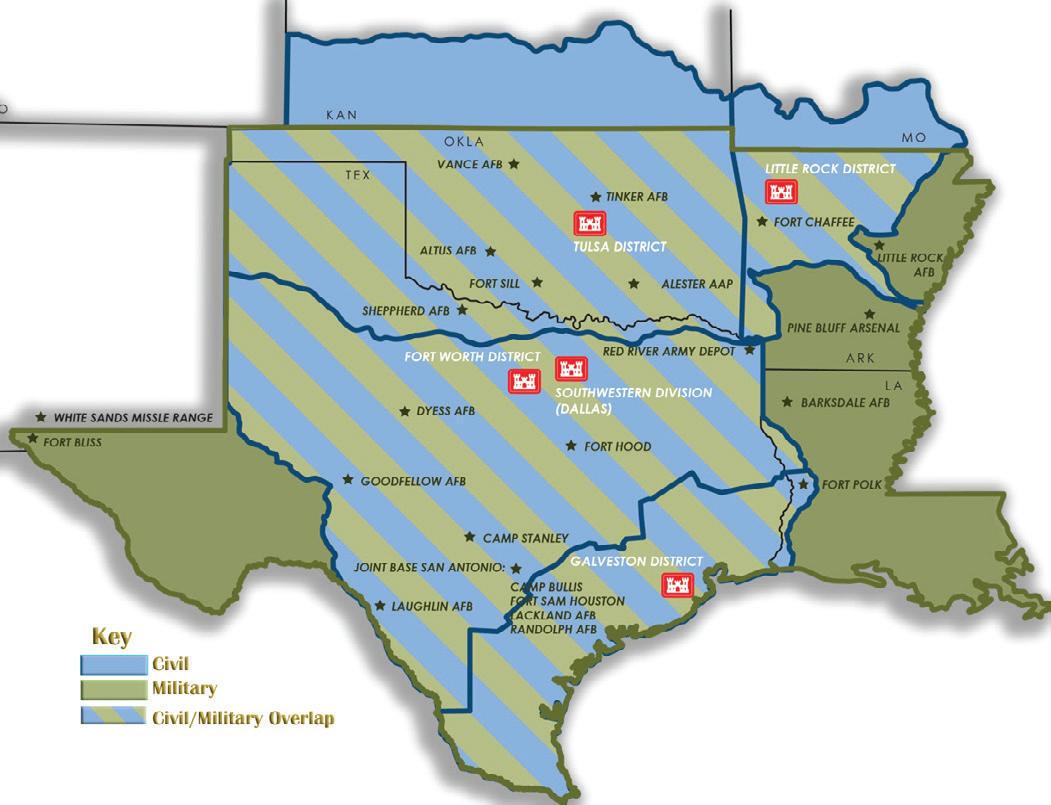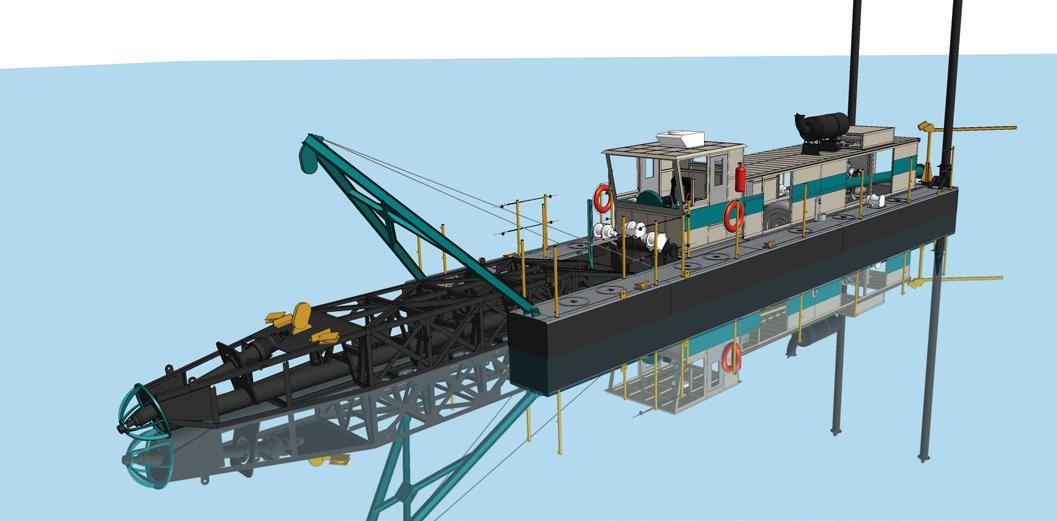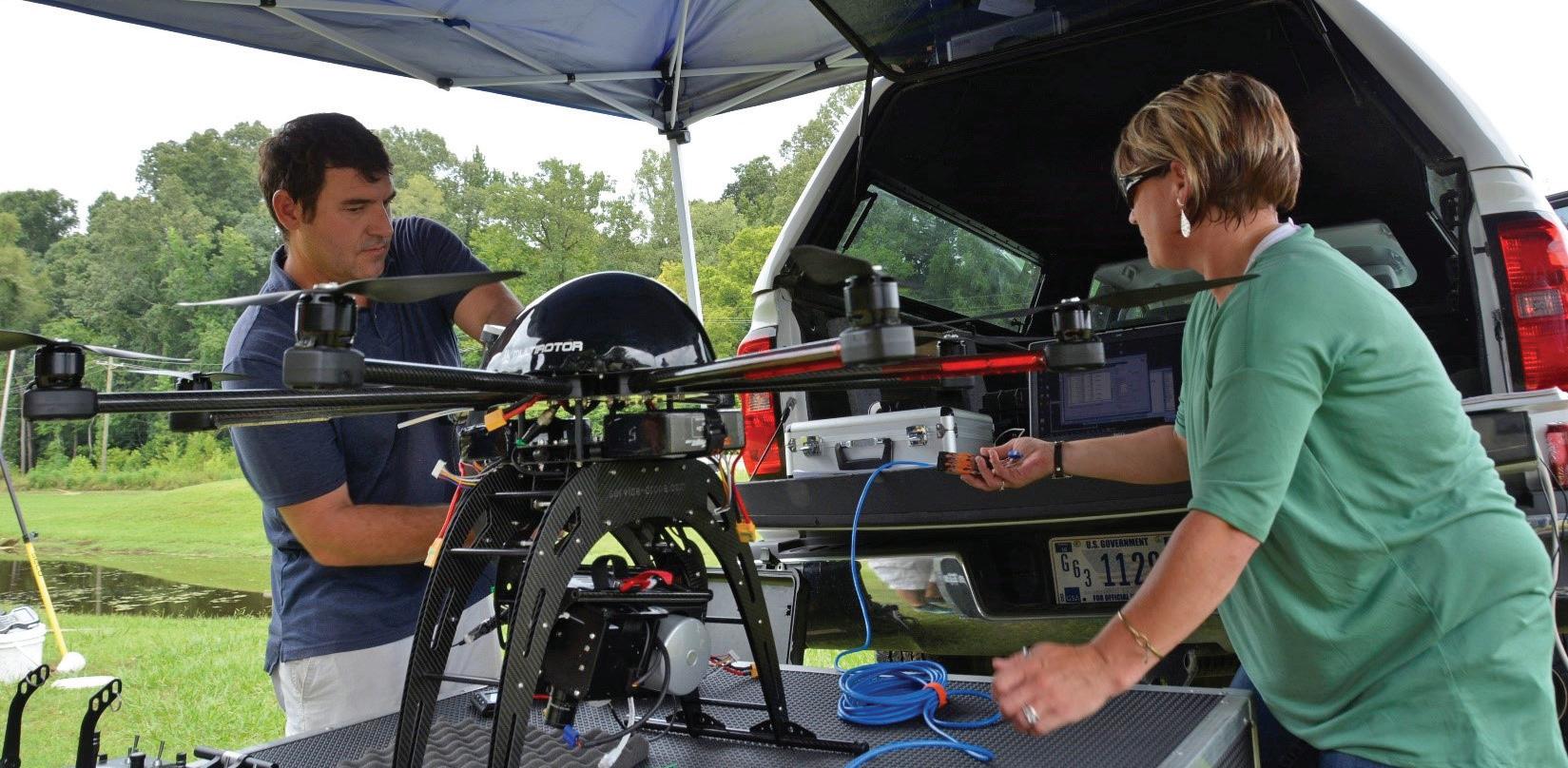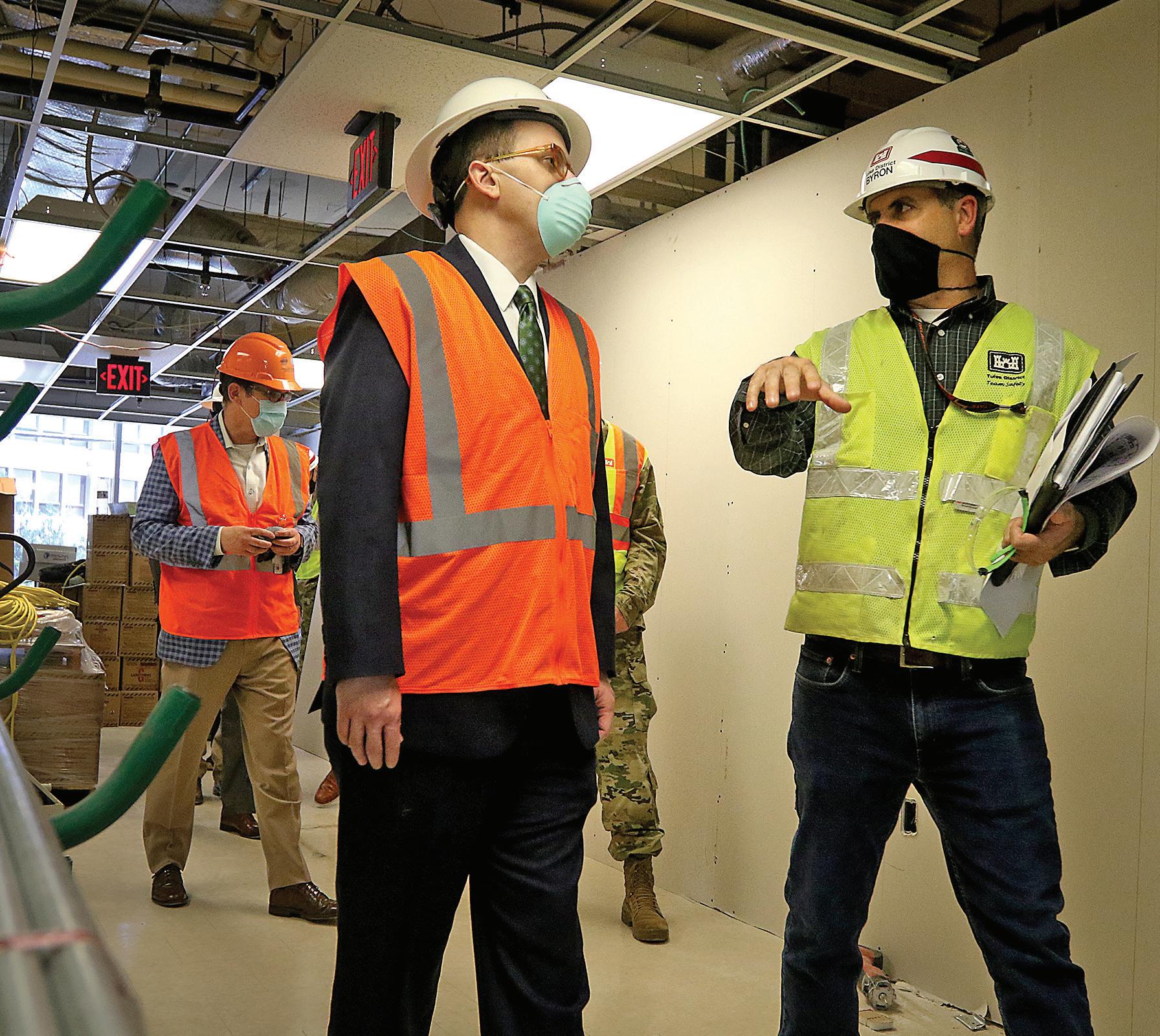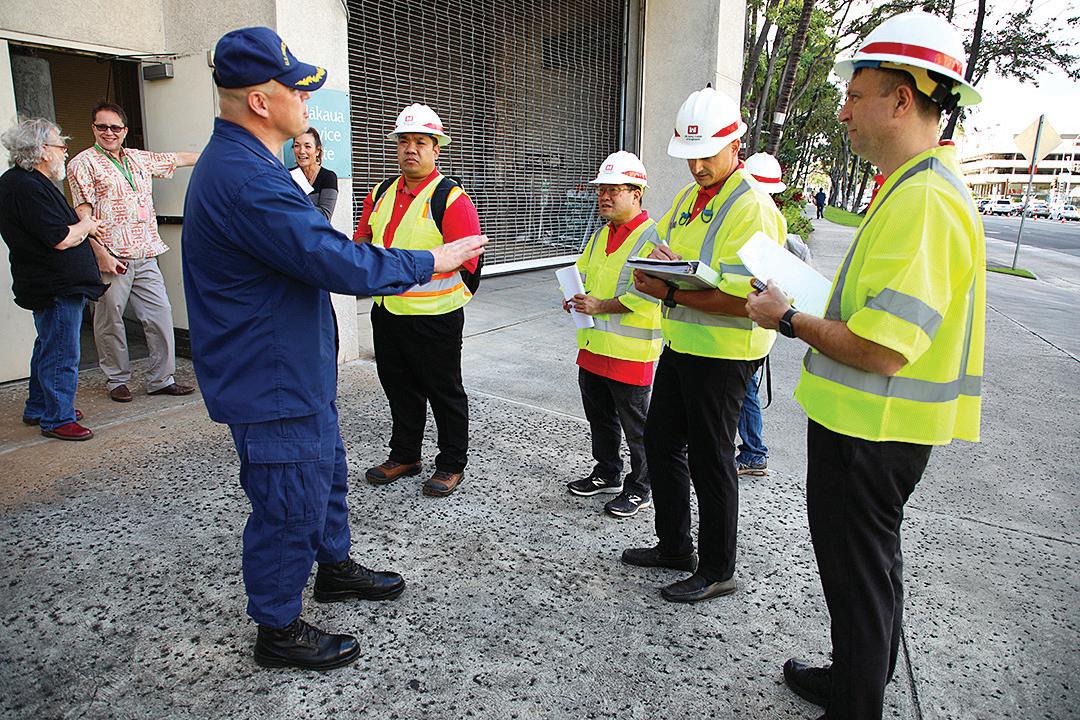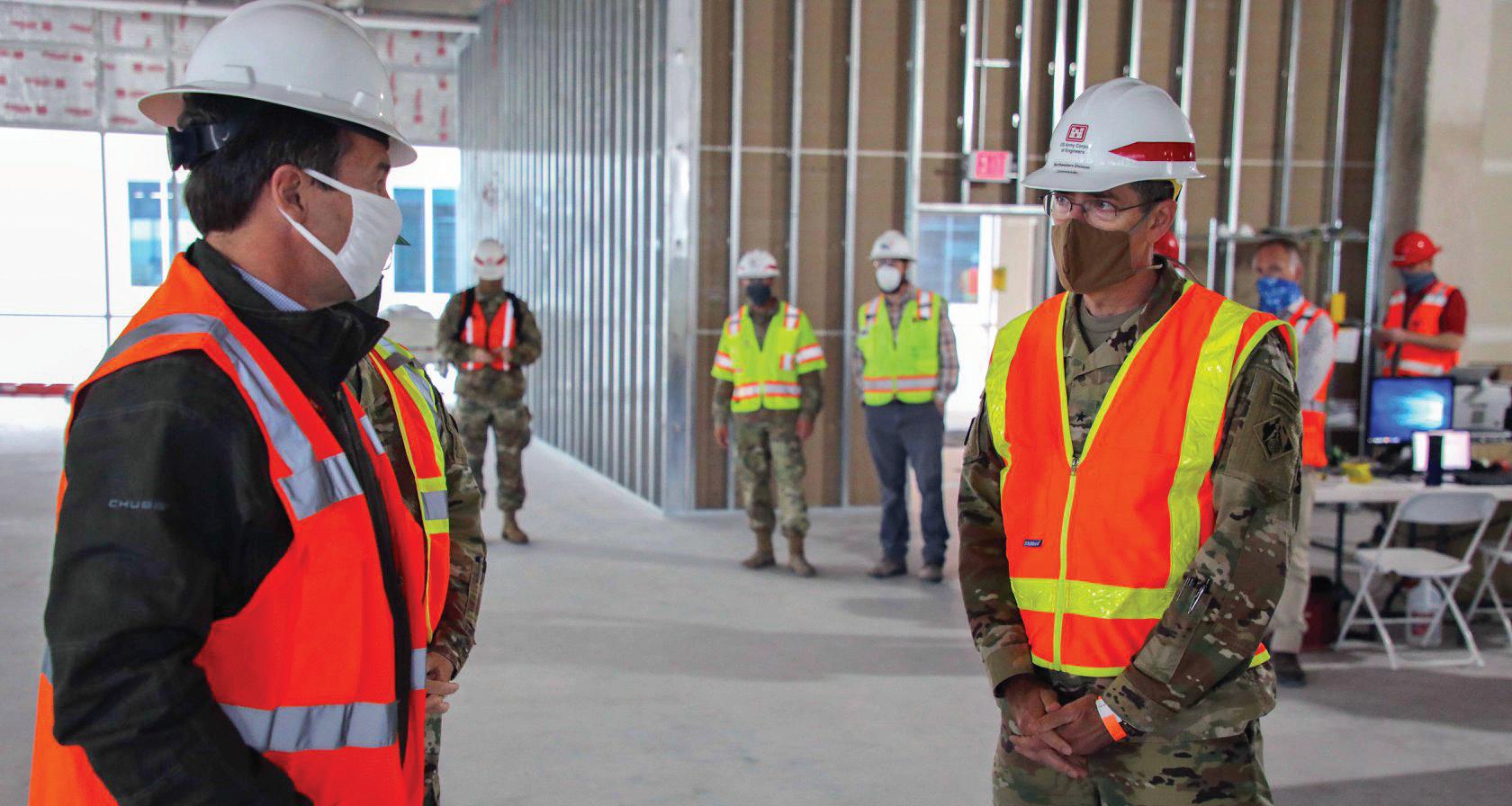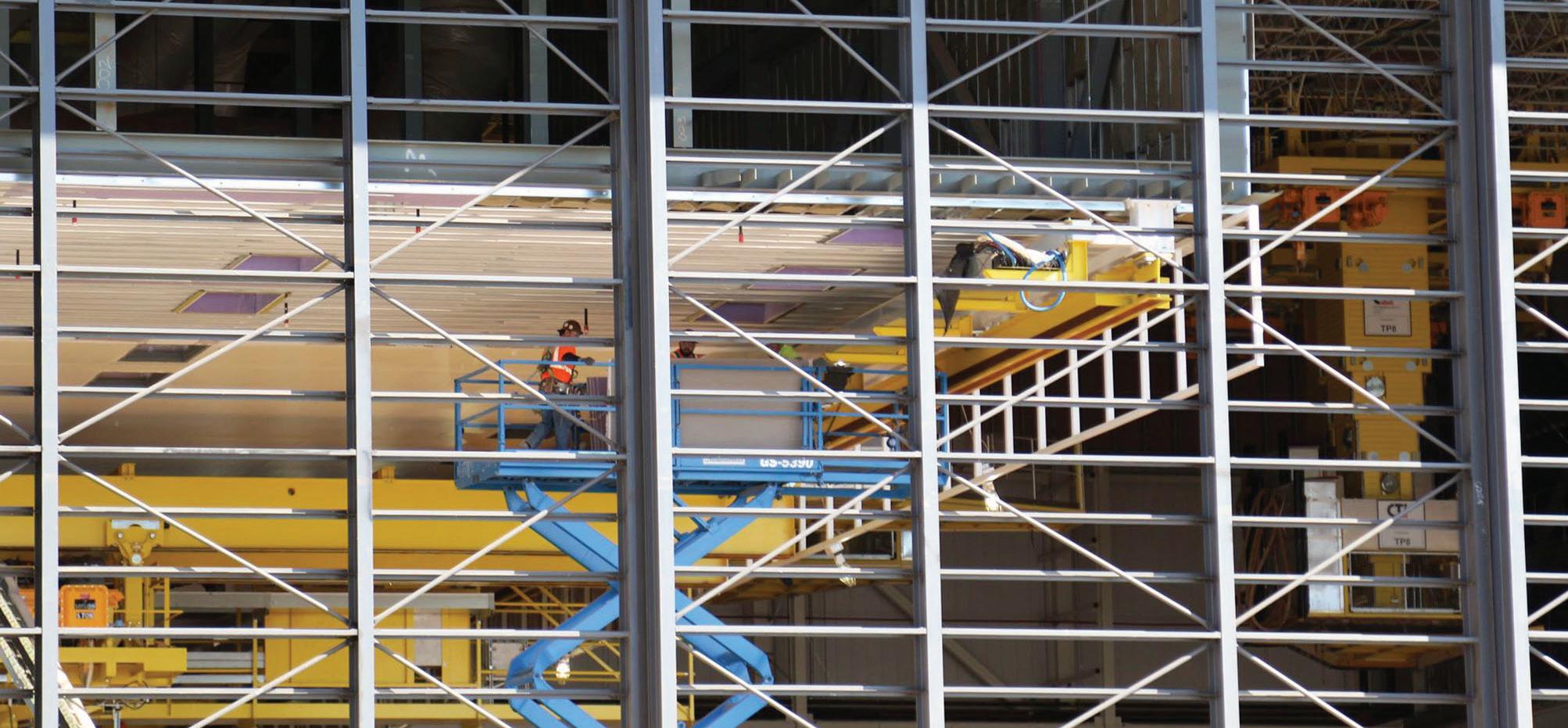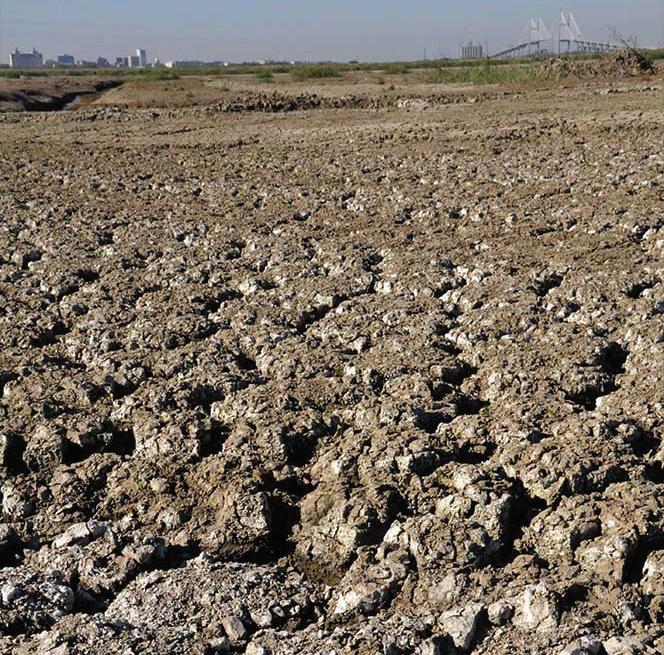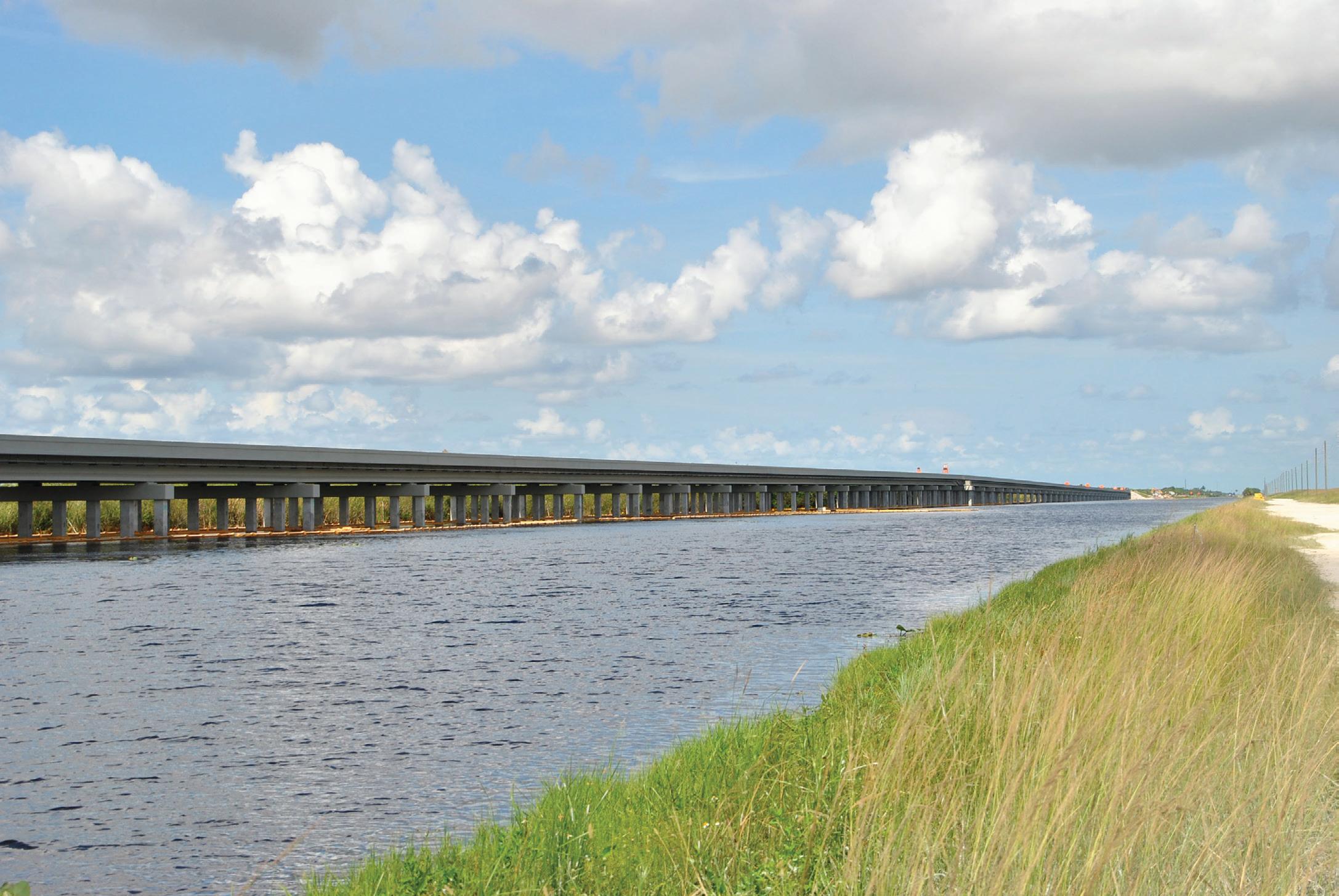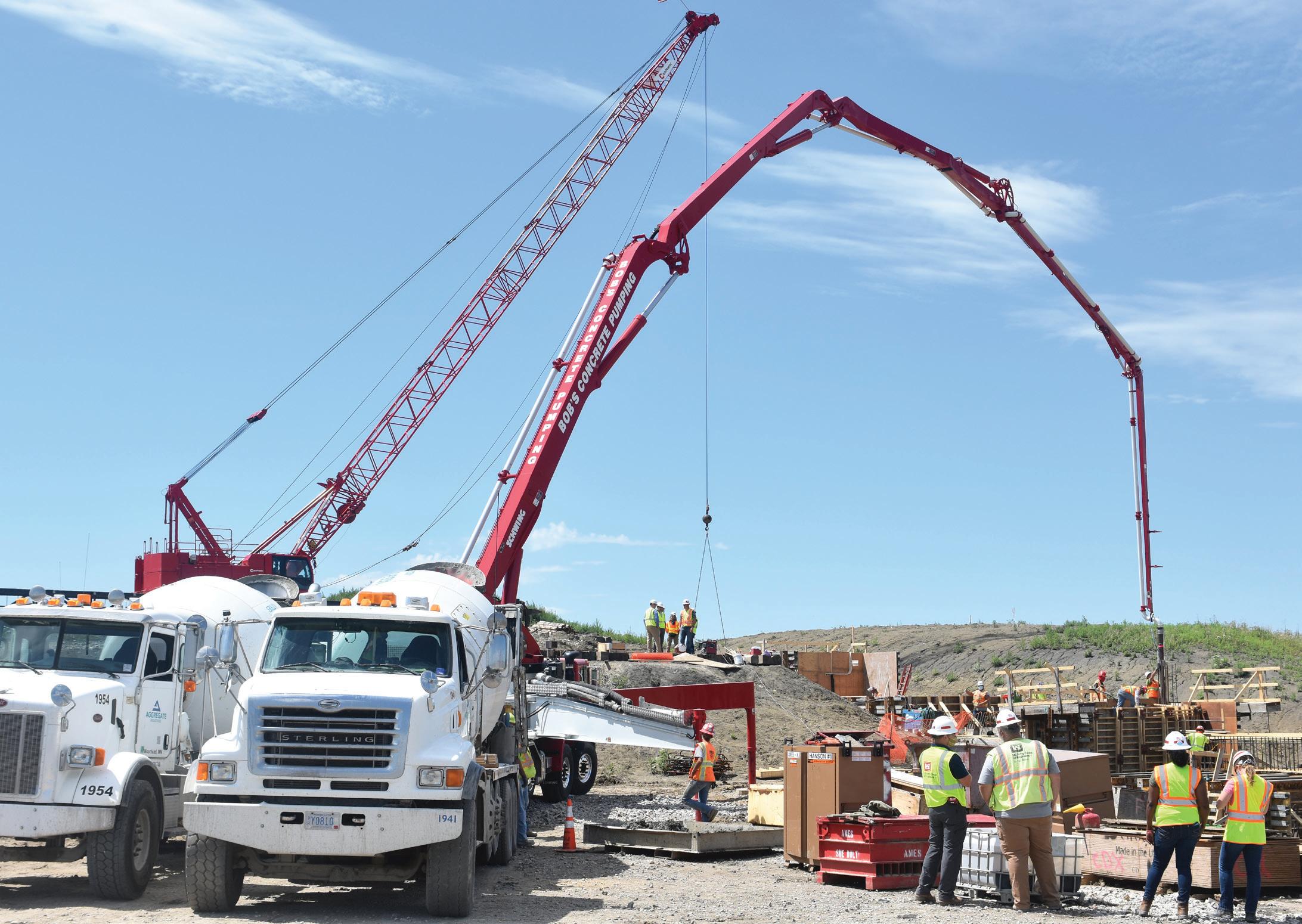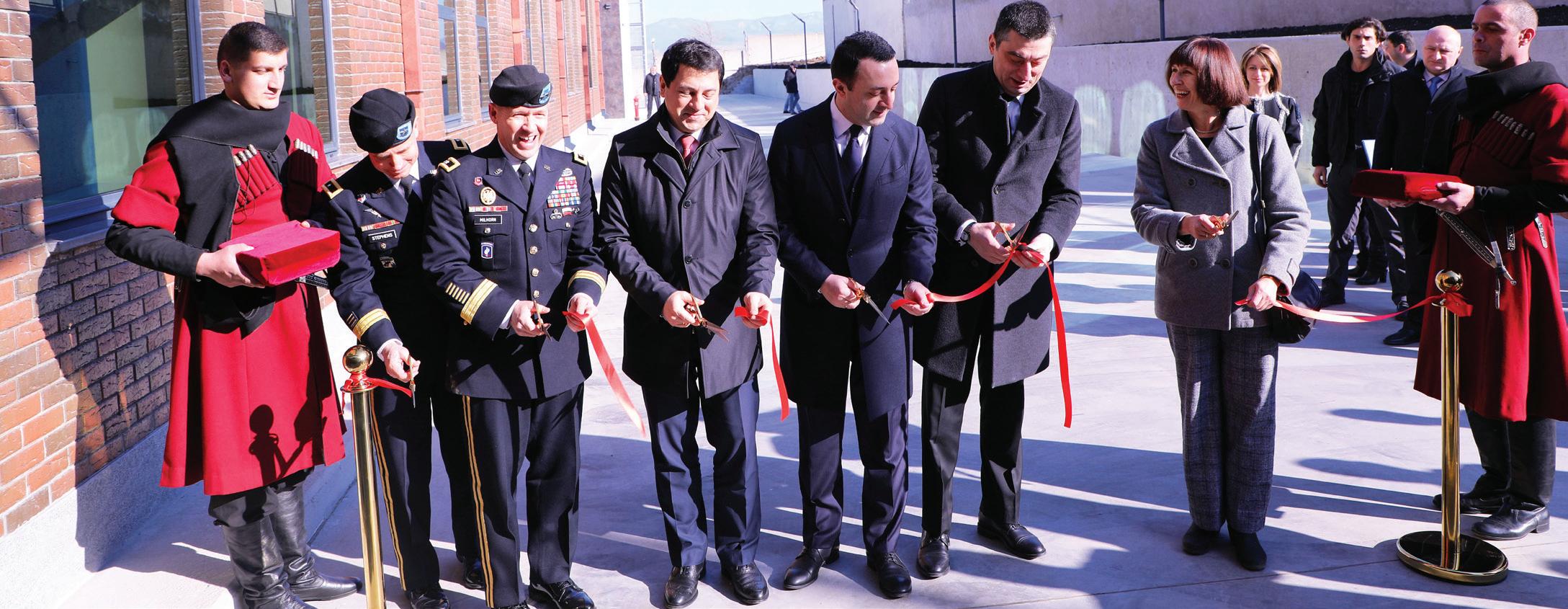we help assess the medically unique aspects of the project – what is required to convert sites into facilities capable of delivering health care – so the districts can focus on what they do best.” Specifically, site assessments help determine whether health care requirements can be met based on the number of patients it would support, the proximity to nearby hospitals, utility requirements, air filtration and handling capacities, safety features for emergency response and egress, staging of ambulances, and parking availability. Another consideration is the time it would take to convert the facility for health care use. Normally, such conversions take between five days and two weeks, varying from site to site based on the level of patient care, number of patient beds, and the extent of work required. Doss explained how the Huntsville team developed facility assessment checklists that field engineers could take with them to determine whether those facilities identified by FEMA and state and local government could be converted into viable alternate care facilities. “We try to draft our deliverables around several scenarios,” he said, “COVID-19 and non-COVID patients. We’re working with local health officials to make it site adaptable. It all depends on the local officials: the mayor, the governor, local health officials, wherever you’re at in the country to see what they need.” Jelani A. Ingram, Huntsville Center’s acting branch chief of architecture, said the MX initially developed a checklist of items that a building/site needed to have in order for it to be considered a viable site for an ACF. “The checklist focused on all building conditions including architectural, site, MEP [mechanical, electrical, and plumbing] systems, fire protection, ADA [Americans with Disabilities Act] accessibility, all building infrastructure, and that it met minimum code requirements,” he explained. “There were certain conditions that a building had to meet before a full-on assessment would be done.” Based on this checklist, these buildings could quickly be eliminated based on a “Go/No Go” evaluation. “If a structure did not have a fire suppression system it would automatically be considered a No Go and eliminated,” he said. Ingram admits, however, that in the case of an arena, such restrictions could be relaxed because they often encompass large open spaces and normally do not have sprinkler systems. “In such cases, other means to sprinkler the space would need to be explored,” he said. “Other factors that could quickly eliminate a building/site were no ADA accessibility routes for handicap and patient gurneys, elevators too small to fit a gurney, exposed asbestos, and if utilities were in need of extensive repair or replacement, that required long lead times on replacement parts,” Ingram said. The hospital and city members are responsible for providing USACE with potential buildings/sites for ACF conversion. They would decide if they wanted the ACF to accommodate COVID or non-COVID patients (most chose non-COVID, because it would be less taxing on their resources). “Our team would look at each site identifying first the No Go markers,” Ingram added. “Then, when those were eliminated, we would look at proximity to local hospitals because being able to staff these ACFs with health care providers was going to stretch hospital resources. So,
We would design and lay out the space showing patient beds/cots, nurses’ station, administrative support, storage, portable bathroom and shower facilities, and medical support areas. This information was packaged and handed over to our partner and then briefed to the governor. it was determined that ACF sites needed to be within at least a 10-mile radius of the hospital.” Since Huntsville Center is not bound by regional location and provides technical and engineering support to all USACE geographic districts, the Mobile District asked for support in its efforts with statewide assessments. “They looked to us to cover the northern part of Alabama,” he said. “We conducted our assessment in Huntsville, Tuscaloosa, and Calhoun counties [Anniston, Oxford]. Once a site was chosen, the team would go in and photograph the site, taking notice of open floor space, access points for patients, staff, and equipment. The team would assess the HVAC [heating, ventilation, and air conditioning] system, power requirements, and if there was back-up power to help run potential medical equipment.” That assessment included looking at the number of restrooms to accommodate staff and patients, and whether the facilities had a full kitchen and laundry room that could be utilized. “We found that abandoned or repurposed hospital spaces were the best locations, because the medical infrastructure was already in place,” Ingram said. “There would be nurse call, back-up power, critical power outlets, clean and dirty zones, private bathroom and showers, full kitchens, laundry, proper nurse stations, pharmacy, sterile storage, elevators for gurneys, ADA access, hazardous waste disposal, and security checkpoints. These facilities could be quickly recommissioned and brought back online.” The team assessed arenas, abandoned and repurposed hospital spaces, hotels, city meeting centers, and convention centers, trying to accommodate a wide range of options for the areas. “We had 48 hours: a day to assess two or three sites and a day to package the report that covered all major disciplines ranging from architectural/site, mechanical, electrical, and fire protection, and get it back to the Mobile District,” Ingram said. “We would design and lay out the space showing patient beds/cots, nurses’ station, administrative support, storage, portable bathroom and shower facilities, and medical support areas. This information was packaged and handed over to our partner and then briefed to the governor. “The process was pretty seamless. Once a site was chosen, the Corps was given 30 days to design, construct, and hand over an ACF to FEMA and local officials,” he said. “The Huntsville Center was critical to getting out early facility checklists, performance work statements, 139

